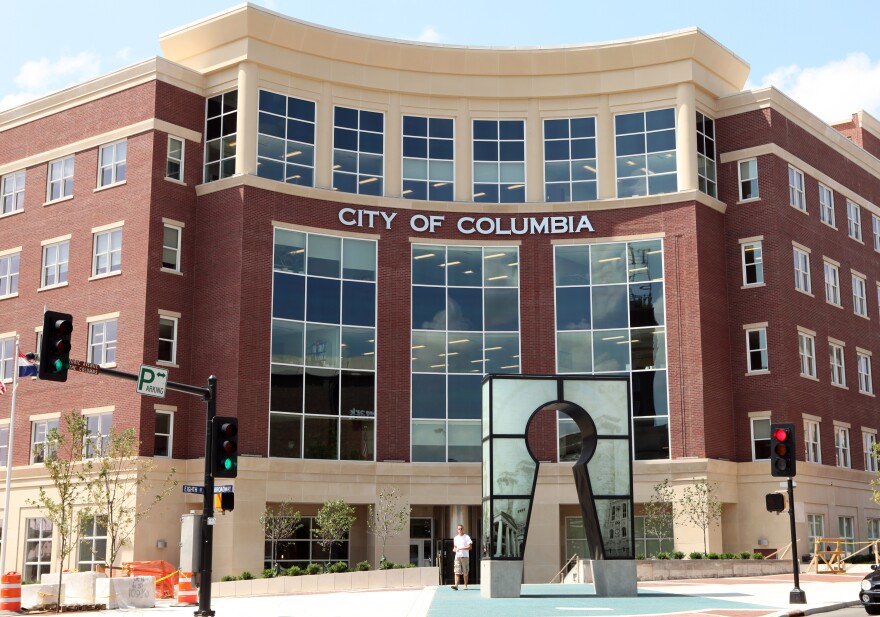The development delay ordinance for downtown Columbia enacted last spring will expire March 31.
The ordinance set restrictions on multi-family residential apartments and demolition projects within a one-mile radius of the downtown area.
Third Ward Councilmember Karl Skala said the ordinance was initially enacted by the City Council to regulate the influx of student apartment complexes.
“The restriction was originally put in because of the kind of explosion of activity that was taking place with respect to downtown dedicated student high-density housing,” Skala said.
“This was kind of an unanticipated consequence of some Council decisions many, many years ago…which wanted to encourage residential development downtown, but not of the sort that was dedicated high-density.”
Community Development Director Tim Teddy said these apartment complexes were the source of public concern over the preservation of downtown subdivisions and businesses.
“The multi-family construction has been controversial because downtown has had so much of it in a very short period of time, and that’s been the source of a lot of public comment,” Teddy said.
Columbia City Council is expect to let the ordinance expire after approving the Unified Development Code on March 20. The code establishes zoning regulations for the downtown area and has been discussed since 2008.
The ordinance was originally set to expire in December, but was extended to the end of March to allow for more time to pass zoning regulations. Teddy said the council is not expected to renew the ordinance.
Skala said the new zoning code and the retraction of the delay ordinance will allow for more development in the downtown area.
“We’re headed in the direction of making the downtown look like a more livable, human-scale place rather than what we had before, which didn’t anticipate some of the high-density nature of residential and so on,” Skala said.

